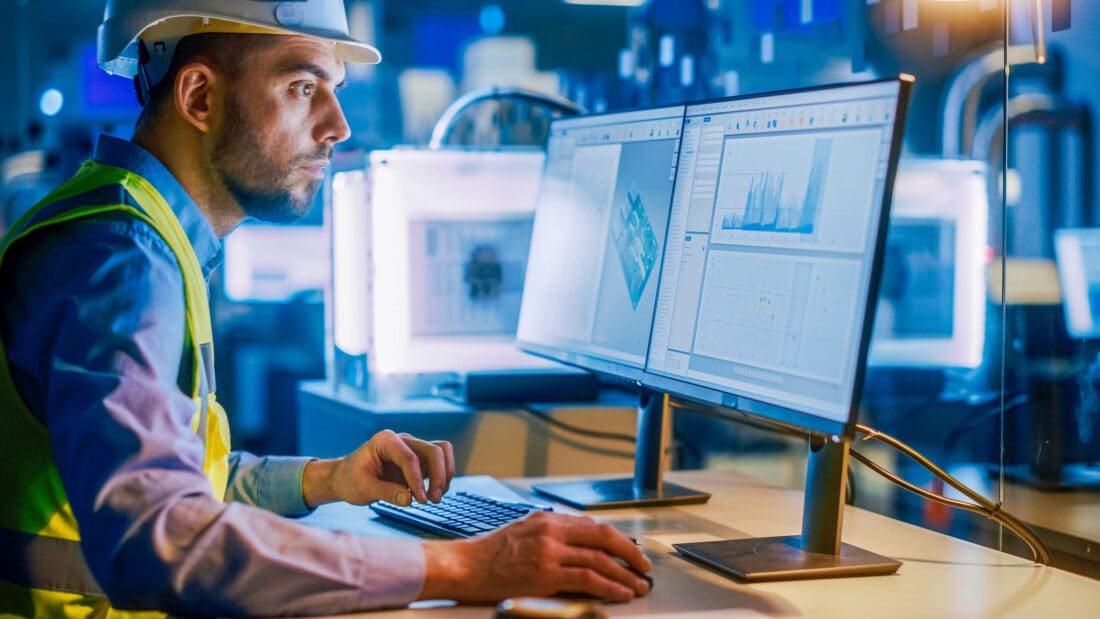How Digital Twin Technology Is Changing Construction
Advances in digital technology are transforming industries across the world, and construction is no exception. One of the most revolutionary innovations has been the development of digital twin technology, which is already helping builders improve job efficiency, foster collaboration, and enhance worker safety.
This post will examine the digital twin phenomenon and how it is impacting the construction sector.
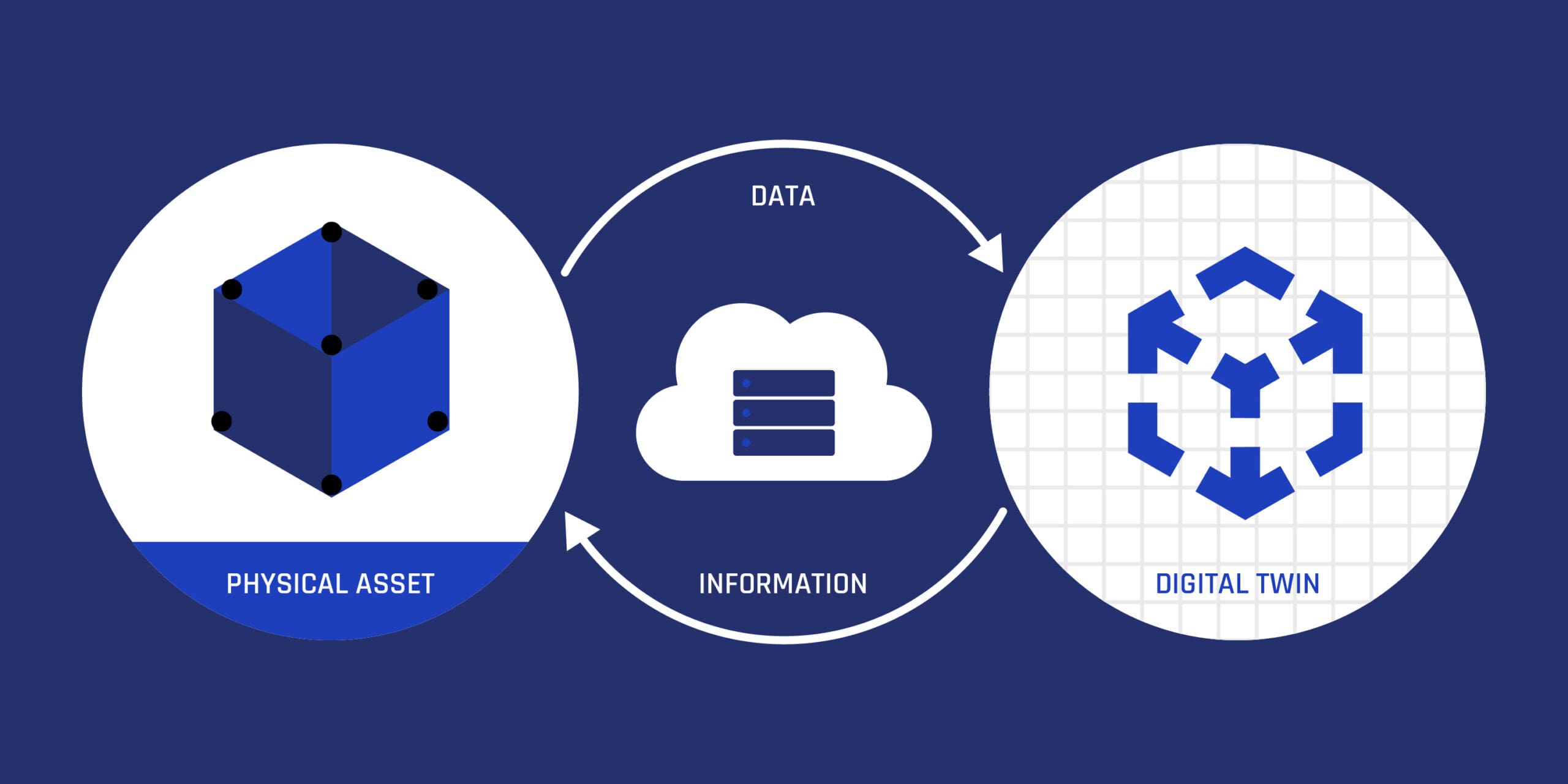
What Is a Digital Twin?
As the name suggests, a digital twin is a virtual replica of an object or system, incorporating in digital form all the attributes of its physical counterpart. It can simulate processes and changes made to the physical system, allowing users to monitor activity, predict results, and optimize performance based on various inputs. Using tools such as artificial intelligence (AI), machine learning, and data analytics, a digital twin can serve as a powerful aid in improving performance and reducing costs. This technology is already being used in a wide variety of industries, including manufacturing, retail, aerospace, energy, logistics, healthcare, and of course, construction.
Modern buildings incorporate a large number of components and systems, which can be challenging to manage in the best of circumstances. That challenge is multiplied in the case of large-scale industrial and commercial structures, whose complexity can defy human capabilities. Digital twin technology makes the task much more manageable and efficient. Building information modeling (BIM) is used to provide data regarding all aspects of a structure: design, floorplans, electrical components, plumbing, security systems, HVAC, etc. All of it is incorporated into a comprehensive 3-dimensional image. The various components can be represented in separate layers, each one containing a wealth of pertinent metadata.
Digital twins are useful throughout the entirety of a structure’s existence, starting in the design phase and continuing through the construction process and the entire lifecycle of the structure.
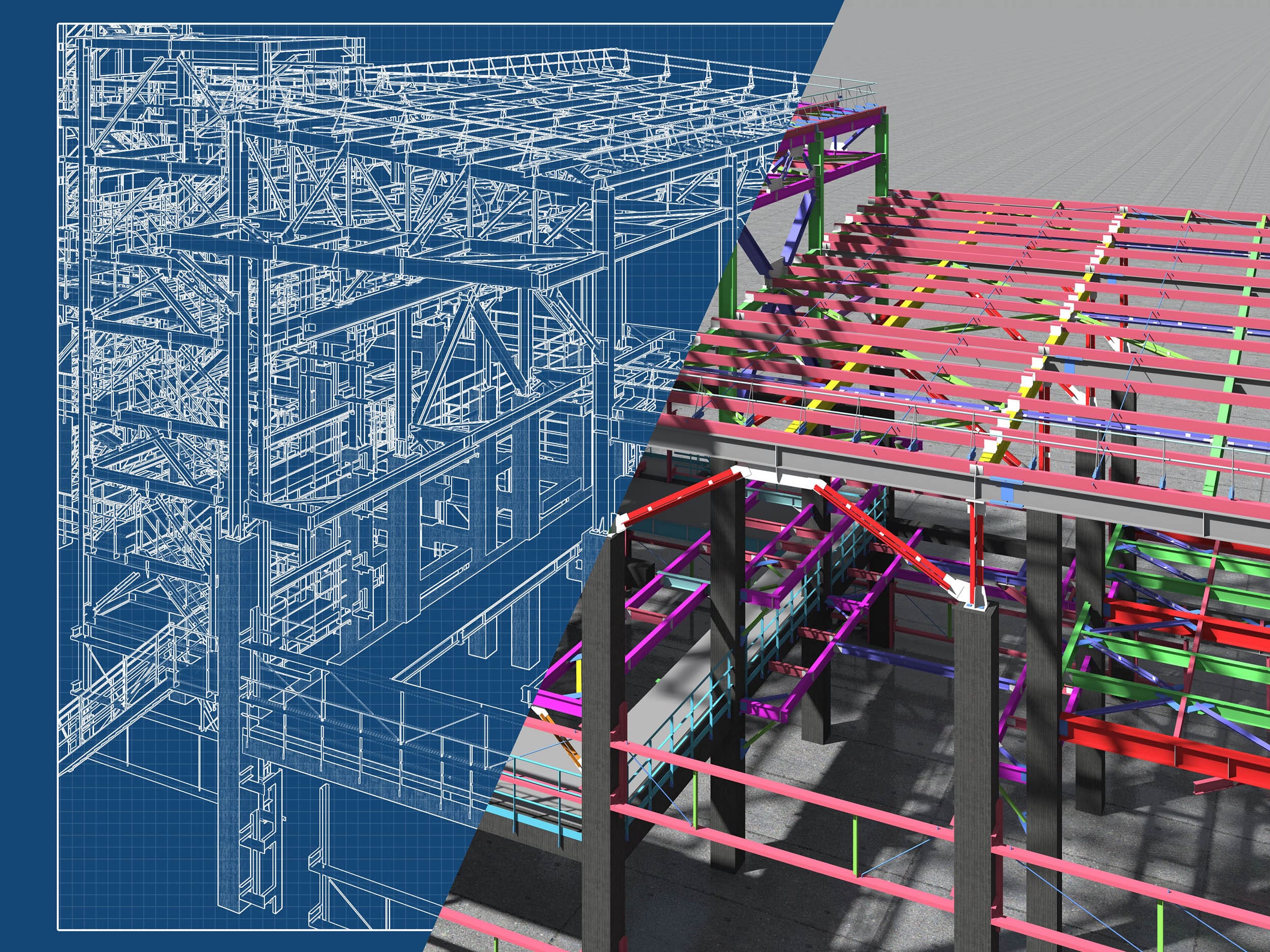
How a Digital Twin Can Facilitate Building Design
In the design phase, a digital twin can be used to optimize various building features and identify potential trouble spots early on. All of a project’s participants—the project owner, designer, architect, manager, subcontractors, and others—can access the model during this phase, offering corrections and suggestions from their unique perspectives. The building’s many components can thus be harmonized on a computer screen before construction begins. Potential conflicts between components can be resolved, and safety risks can be identified and mitigated before any workers set foot on the jobsite.
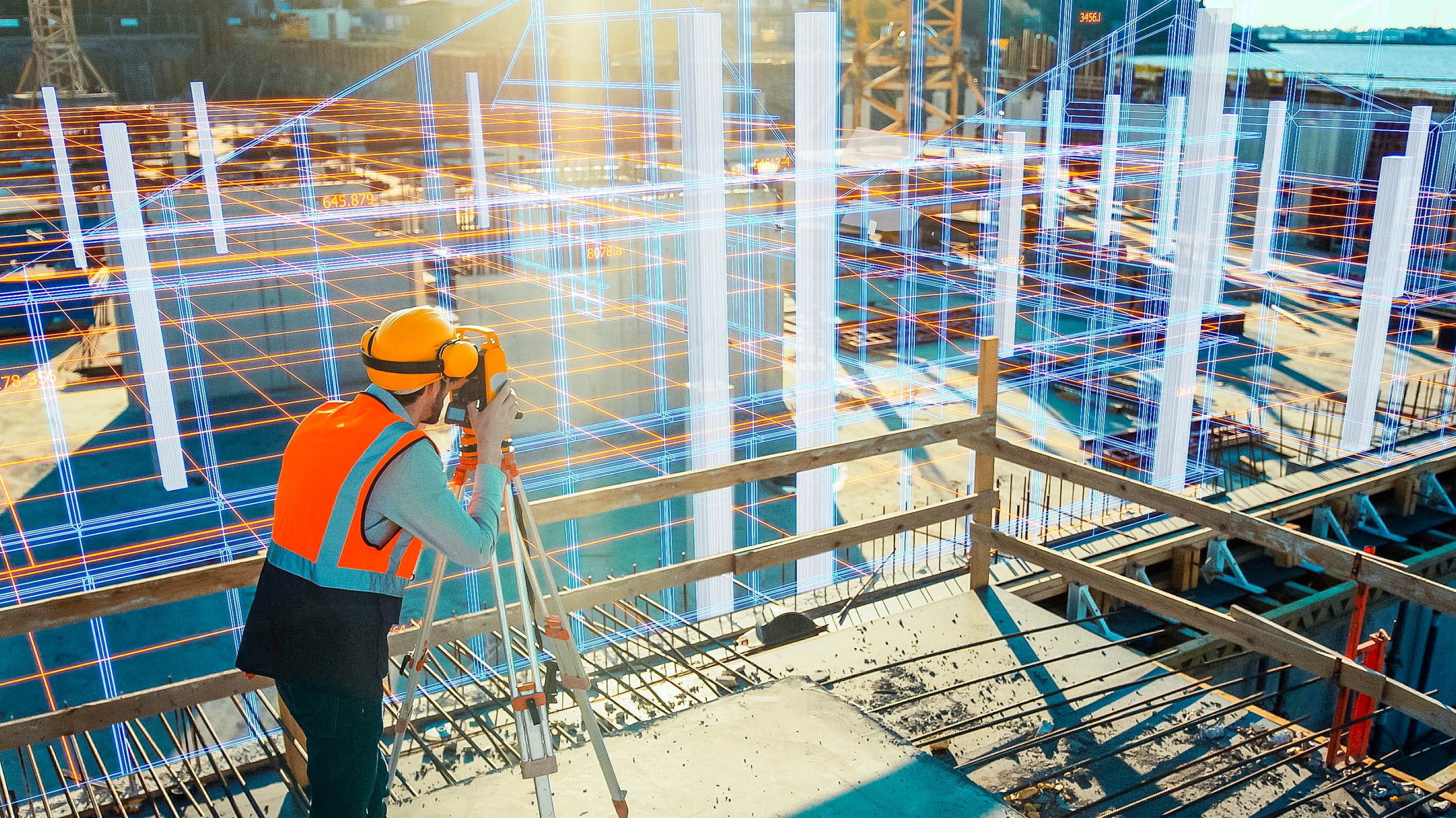
Digital Twins on the Jobsite
Improved Communication and Safety
In any construction project, communication between the office and the crew on the ground can be challenging. With digital twin technology, an onsite supervisor or other worker can access the design model from any mobile device using a QR code. Issues can be resolved in real time, without costly trips to and from the jobsite. Miscommunication is minimized and job efficiency maximized. Safety training for workers can be facilitated in a virtual environment before its implementation on the ground—saving time and averting risks.
Help with Inspections and Corrections
Inspections on a construction project are conducted onsite and then communicated to the appropriate responsible parties. Any problem areas must be physically marked, or their location described as accurately as possible for later remediation. This is inherently risky, as physical markers can fade or be washed away, and communication may not be effective. Using a digital twin, problem areas can be located and identified precisely on the virtual model for all to see. And the remediation can be similarly logged and monitored.
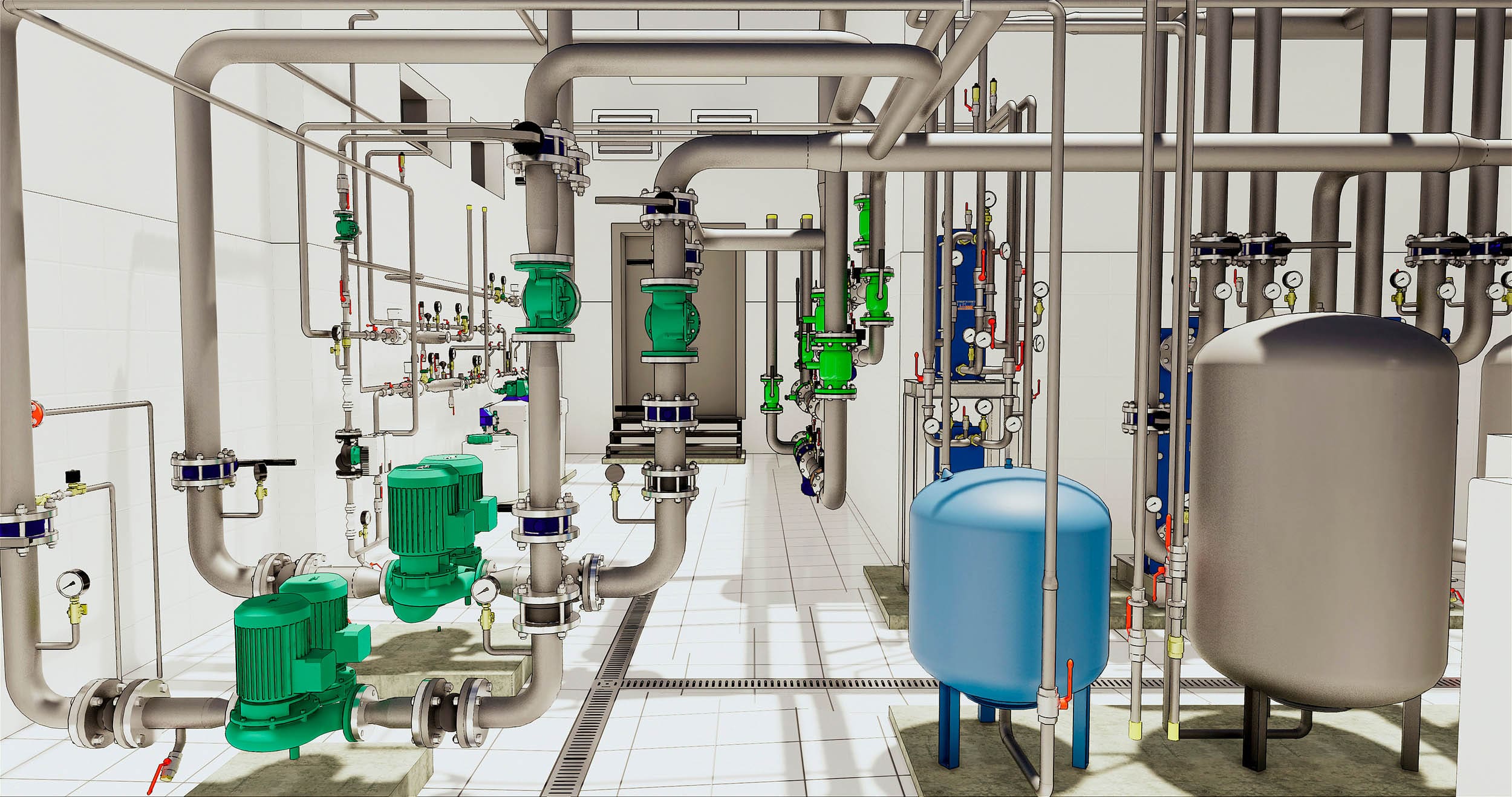
Using a Digital Twin for Building Operations and Maintenance
The digital twin can be especially effective in the ongoing operations of an existing structure. Since it contains information on virtually every aspect of the structure, it can be used to predict problems, monitor energy usage, plan maintenance activities, issue reminders, create work orders, and produce reports. These functions can free staff from the endless burden of paperwork associated with traditional building management. When used properly, it leads to better planning, reduces the management workload, and extends the life of the building’s assets.
Predictive maintenance is essential for successful building management. A structure’s electrical components, plumbing, HVAC, lighting, security systems, and other components must be continually monitored and maintained to avoid costly failures and repairs. When a building houses sophisticated equipment and machinery that need is magnified. Digital twin technology can play an invaluable role in this task, monitoring system performance through sensors and issuing alerts when problems are on the horizon.
Maintaining energy efficiency in a large structure is a constant challenge—as conditions are continually changing. Shifting weather is only one aspect of the problem; changes in a building’s occupancy, water usage, lighting, and equipment activity all require adjustments in the energy protocol. A digital twin, acquiring real-time data on all these factors, can implement solutions automatically, saving resources, time, and the need for human involvement.
Digital twin technology is just one of the tools available today that are making the construction and maintenance of commercial buildings more efficient and effective than ever.


